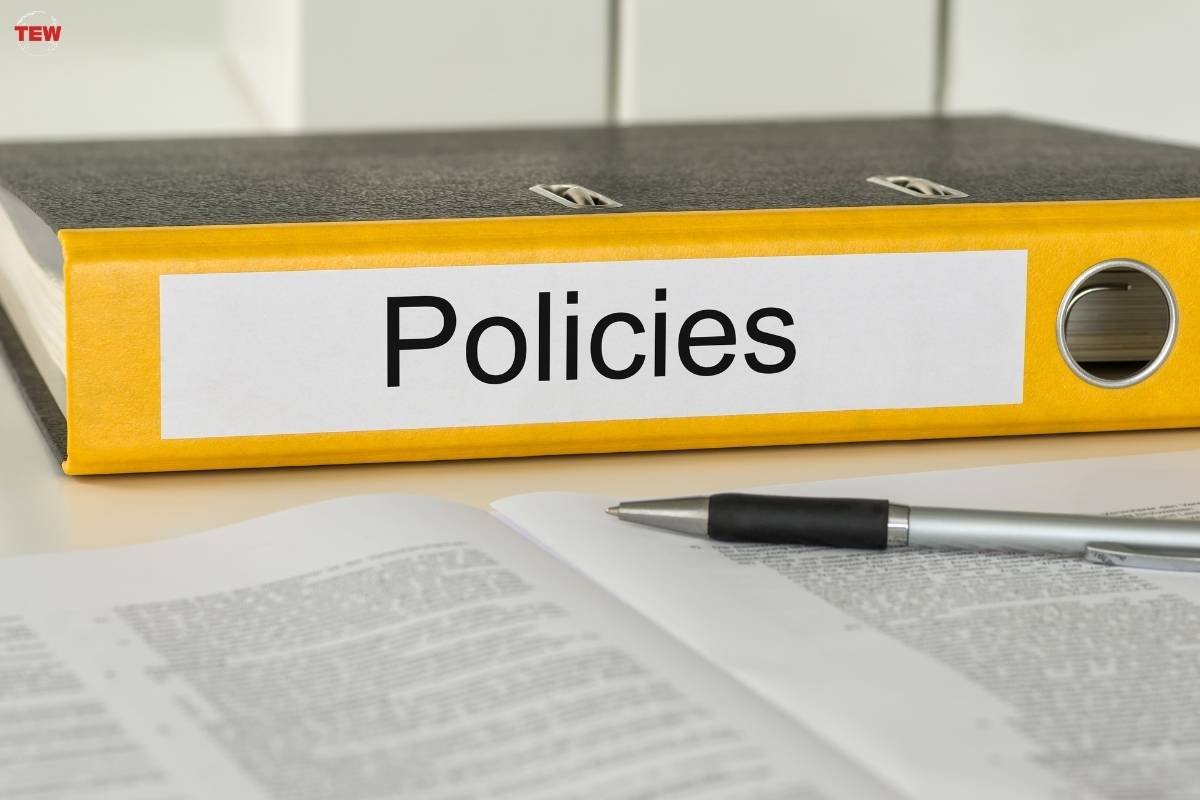Navigating the complexities of modern business operations requires more than just a solid business plan and a dedicated team. It requires a safety net to secure your hard-earned revenue against unexpected disruptions. Business income insurance offers just that—a financial cushion when your business faces difficulties due to covered property damage.
In this article, we’ll delve into the nuances of business income insurance, what it covers, and how it functions as a financial lifeline during challenging times. From understanding your business’s unique risk profile to tailoring your insurance policy to fit your specific needs, we’ll guide you through the maze of information. Backed by credible data and resources like those available from The Hartford, you’ll come away better prepared to safeguard your business’s financial future.
So, why is understanding business income insurance critical for leaders? And what should you consider when choosing an insurance provider? Let’s explore.
What is Business Income Insurance?

Understanding the core functionality of business income insurance is crucial for its effective utilization. This insurance acts as a safeguard against revenue loss, specifically during times when your business has to shut down due to covered property damages like fire or water damage. The significant role of this insurance becomes even more evident when you consider data from AGCS: fire accounts for a staggering 30% of all business income losses globally.
While many platforms offer insights into what constitutes covered damages, Hartford stands out for its comprehensive educational material on this topic. Their resources not only help business leaders prepare for various disruptions but also effectively mitigate the impact on revenue. If you’re keen on ensuring your business’s financial stability, Hartford’s depth of information is invaluable for comprehending the wide array of circumstances under which business income insurance can offer a lifeline.
The Financial Lifeline of Business Income Insurance
When unexpected calamities disrupt your business operations, the financial toll can be monumental. Your business may be at a standstill, but operational costs like rent, employee salaries, and loan payments don’t pause. Business income insurance provides an essential financial buffer during these testing times. It ensures that you can meet your operational expenses and maintain some level of financial stability even when your regular income streams are interrupted.
Imagine a scenario where your business faces severe water damage due to a burst pipe, causing you to temporarily close your doors. Water damage is one of the prevalent causes of business interruption. The strength of a business income insurance policy lies in its ability to cover the lost revenue and allow you to meet ongoing operational expenses. It ensures that your financial obligations are taken care of, providing you the breathing room needed to focus on recovery and reopening.
Assessing Your Business’s Risk Profile
The adage “forewarned is forearmed” rings particularly true for business income insurance. Understanding the risks your business might face is not only practical but essential. Conducting a thorough risk assessment helps you decide the extent of coverage you’ll need. Here’s a statistic that should capture your attention: only 30-40% of small businesses have business income insurance. In the face of such low adoption rates, understanding your business’s specific risks isn’t just good sense; it’s a business imperative.
The Mechanics of Calculating Business Income

Figuring out your business income for insurance purposes isn’t as daunting as it may initially seem. At its core, the calculation involves taking your total revenue and subtracting your business’s expenses and operating costs. The resulting amount is your business’s earnings before tax, from which you then deduct taxes to find your net income. This equation—business income equals revenue minus expenses—is the cornerstone for selecting an appropriate policy.
Here’s how to start your calculations:
- Total Revenue: Begin by calculating your total revenue, which includes receipts or sales from all your products and services.
- Subtract Expenses: Deduct your operating costs, such as rent, utilities, and payroll, from your total revenue. This gives you your business’s earnings before tax.
- Net Income: Finally, deduct taxes to arrive at your business’s net income.
The formula is straightforward: Business income = Revenue – Expenses.
While many businesses grapple with the complexities of such calculations, there are educational videos available that simplify this process. One particularly helpful video comes from The Hartford, making the often convoluted subject matter easily digestible for business owners.
Practical Steps for Choosing Business Income Insurance
Before you sign on the dotted line for a business income insurance policy, there are several practical considerations to keep in mind. Make sure to read the policy thoroughly, paying close attention to the definitions of “covered losses” and the length of the “period of restoration.” Consult professionals like accountants and lawyers to fully understand the contractual nuances.
It’s also a good idea to consider bundled insurance packages, often known as Business Owners Policies (BOPs), which can provide comprehensive coverage and potentially save money. Different policies may also offer various optional coverages, such as for “extra expenses” you might incur during a shutdown, so be sure to evaluate those options carefully.
Navigating Claims and Settlements
The unfortunate reality is that you may, at some point, need to make a claim on your business income insurance policy. Understanding the claims process can help mitigate stress and avoid unnecessary delays. Typically, insurers require prompt notification of any incident that could lead to a claim. From there, documentation becomes critical; save all relevant records, including financial statements, bills, and correspondence.
If navigating the labyrinthine world of insurance claims feels daunting, remember that assistance is often just a click away. Many industry leaders offer resources that can guide you through the complexities of claims and settlements, simplifying an otherwise convoluted process.
The Importance of Regular Policy Review

In today’s dynamic business landscape, change is the only constant. The risks that may have been alien to the business world a decade ago, like cyber threats or global supply chain disruptions, are now front and center. This continual evolution of business risks necessitates that you not only purchase business income insurance but also regularly revisit your coverage. Failing to update your policy could mean that you are underinsured or paying for coverage that you no longer need.
Regular policy review becomes even more pertinent as your business scales diversifies, or enters new markets. An annual review with your insurance provider can help align your policy with your business’s current risk profile. You’d be surprised how much a year can change things. Regular reviews provide the opportunity to adjust your coverage, ensuring that your business remains resilient in the face of evolving risks.
Key Takeaways for Business Leaders
As you navigate the complex world of business income insurance, a few key points should remain etched in your strategic thinking. Firstly, the importance of this coverage can’t be overstated; it’s the safety net that helps your business weather financial storms caused by unexpected interruptions. Secondly, a meticulously conducted risk assessment is your best tool for customizing your insurance policy, ensuring it provides adequate protection without unnecessary expenditure.
But these aren’t just administrative boxes to tick off; they’re integral components of your business’s long-term survival and growth strategy. Being proactive about your insurance coverage, staying updated on evolving risks, and making the necessary adjustments to your policy can make all the difference when an unplanned event strikes. The aim is to fortify your business against both current and future vulnerabilities.
Concluding Thoughts and Next Steps
At this juncture, you’ve armed yourself with essential knowledge about business income insurance—a cornerstone of financial stability that too many businesses overlook. This isn’t just another operational expense or bureaucratic hurdle; it’s a strategic asset that could very well mean the difference between survival and closure during challenging times. The ongoing pandemic, increasing frequency of natural disasters, and an intricate web of global supply chains have all magnified the potential for disruptions that could cripple income streams.
So here’s your call to action: don’t let another day go by where your business’s future hangs in the balance. The importance of business income insurance is not merely anecdotal; it’s substantiated by hard data and sobering statistics. Invest the time to assess your risks, review your options, and consult experts if needed. Then, choose a policy that’s tailored to your business’s unique needs and challenges. It’s a decision that offers more than just peace of mind; it provides a financial safeguard, ensuring the continuity and success of your enterprise for years to come.




